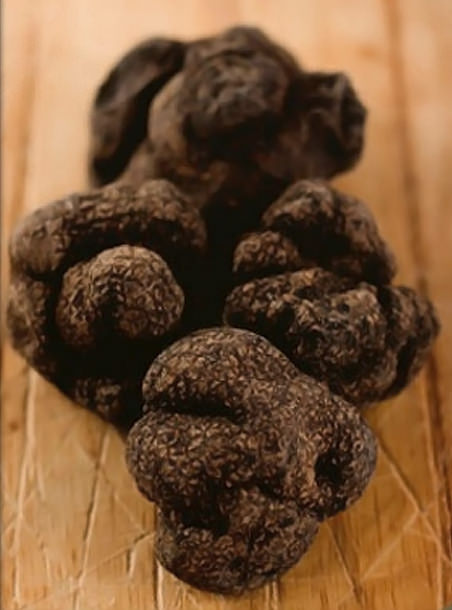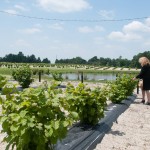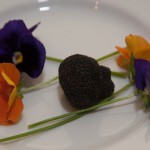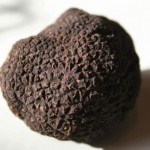A Quick Shopper’s Guide to Truffle Types
02 Jul 2014, by in Truffle FavesSo we’ve talked about the basics of truffles, discussed the two greats, and even compiled a list of restaurants that dish up truffle specials. Now, what if you want to do the truffle shopping and cooking? Truffles are known for their enchanting aroma and taste, sure, but knowing these bits of info isn’t enough.
To shop for truffles, it’s important that you have a good understanding of the various types out on the market – and there’s quite a lot, I tell you, but not all of them are as divine or palatable! And so to help you get the most for your truffle budget, I figured I’d share what I know about what makes a truffle great and what qualities you must track down when going shopping.
Black Perigord and White Italian Truffles
As per my previous post, these two make up what I refer to as the two greats of the truffle species. The black truffles top the list of the most highly sought-after truffles in the world; hence, the expensive price tag. They’re often grown and harvested in such countries as France, Italy, and Spain; but really, there isn’t that much difference in quality. So your best bet is to shop based on the size and season, and not the country of origin.
White truffles, on the other hand, are known for their garlic-infused flavor and musky aroma. With that said, count on that strong scent when selecting truffles.
Peak Season: January – February. Winter truffles are believed to be of superior quality, so aim for those.
******
Summer Black and White Truffles 
The culinary world won’t stop raving about winter truffles, true, but summer black truffles still hold that spot – that one spot for Truffles That Make Wonderful Additions to a Variety of Recipes. They have that pleasant yet subtle aroma, which usually comes out during cooking. Here’s the best part, though: despite your truffle preferences, summer black truffles are easy on the pocket and they clearly make a highly palatable choice!
Then there are summer white truffles, the aroma and flavor of which are often preferred by chefs to the summer black ones. Like most white truffles, the summer white variety is best served sliced or shaved over cooked dishes.
Peak Season: May – August
******
Asian and Australian Truffles
Truffles marketed as Asian truffles actually consist of three distinct species, lumped together as Chinese truffles – with the Chinese black truffle as the most common one. Some gourmets claim they’re similar in quality and flavor with their European counterparts, while others argue otherwise. Why not go grab a few and use them in your favorite recipe to know for sure?
Peak Season: Mid-November – Mid-March
Clearly, more and more unlikely countries are getting into the truffle-growing business – and one of them is Australia. Australian truffles have been making waves in what used to be a purely European marketplace. Like most truffles, theirs are grown at the roots of oak trees in the countryside and are sniffed out by specially trained dogs. Most of them are used for domestic consumption; however, there’s a growing export business, so keep an eye out for this treat!
Peak Season: June – September
******
Oregon Truffles
Yes, Oregon – and they come in three varieties: white, brown, and black truffles. Oregon white truffles have an orangish-brown exterior; brown truffles, reddish-brown exterior and blotchy greyish interior; and black truffles, dark inside and out but have an incredibly pungent, earthy aroma when ripe.
Now they may not look as fancy – they grow underground, and they sure do look like it – but even a tiny amount of Oregon truffle shavings can take your dish to a whole new level. And the good news? They’re less than 1/10 the price of their legendary European cousins.
Peak Season:November – February (‘til June, for some of the varieties)
******
Ready to hit the kitchen? Remember:
- Clean them with care: gently rinse them, pat dry with paper towels, clean with a soft brush, and delicately pick out mold and dirt in every nook and cranny with a knife.
- Use them before they dry out. Never cut until you’re all set to use them, or their delightful aroma will dissipate.
If you’re a truffle newbie, I suggest you try a few truffle snacks first to see truffles in action. If not, you may go ahead and grab some of my easy-to-follow truffle recipes and get cooking!

- Supplying in season truffles
- Working with Chefs and Staffs
- Pairing Wines and Recipes
- Special Appearances & Presentations







